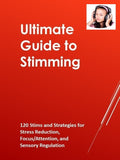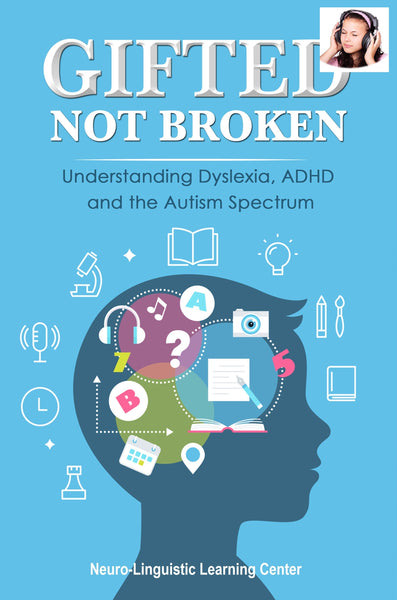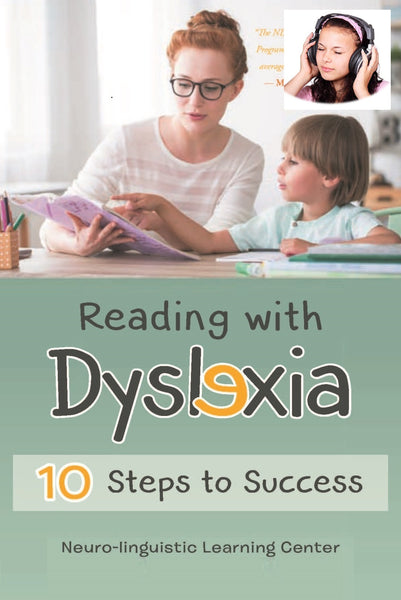Your cart is currently empty.
Ultimate Guide to Stimming
120 Stims and Strategies for Stress Reduction, Focus/Attention, and Sensory Regulation
What are Stims?
Stims or stimming are thoughts or actions that address one or more physical, emotional, or sensory needs.
Some stims relieve stress. Others release excess physical or emotional energy. And still others satisfy specific sensory and perceptual needs.
Some stims increase focus and attention while others help detach or dissociate from unwanted emotions or sensory stimulation.
A stim may be as simple as flapping one’s hands when excited or as complex as juggling while reciting and alphabet backwards to effectively ‘reset’ the Autonomic Nervous System.
Some stims are obvious such as rocking or spinning in circles. Others are less obvious such as continuously recalculating possible trajectories of other vehicles while driving or rubbing one’s thumb and index finger together.
Some stims are more acceptable at social gatherings such as nodding in agreement or counting the number of coffee mugs in the host’s collection. Others such as spinning or singing the same song over and over might be less socially acceptable.
Some stims are inconvenient such as checking and rechecking door locks or the water faucet.
Other stims can be harmful to self or others such as biting, head-banging, and hair pulling.
In this text we have included over 100 stims and strategies that address some physical, emotional, or sensory need.
Why Stimming is essential?
Almost all ASD persons naturally stim in one form or another.
Some stim more frequently or for longer periods than most ASD persons and some less. There is not one standard or benchmark for stimming. Each person must determine how much stimming is appropriate for them.
Because some stims specifically help relieve stress and over-stimulation, the amount of stimming a person needs can vary greatly from one day to the next.
A person may also find that their preferred stims may not address all new situations or sensory needs.
The Ultimate Guide to Stimming was written and formatted to support Autistics and persons on the Autism Spectrum (ASD) and to provide general information on stims and stimming as well as information on specific stims and what physical, emotional, or sensory need they might address.
The language of Stimming
Because each stim addresses one or more physical, emotional, and/or sensory needs, observing a person’s stimming can help understand that persons physical, emotional, and/or sensory needs.
Changes in a person’s stimming can reveal changes or problems in an ASD person’s physical, emotional, or sensory needs.
Changes in stimming may indicate the need for additional therapy or that the current therapy is or is not effective.
Changes in stimming may reveal issues about which the ASD person may not be aware or may not be able to verbalize.
Throughout this text we will identify as best we can the specific physical, emotional, or sensory needs addressed by each stim.
We also encourage parents and caregivers be observant not only of individual events and behaviors, but also patterns in behaviors that may help reveal the ASD person’s physical, emotional, and sensory needs.
Don’t Discourage stimming
Above all, we encourage parents and caregivers to NOT discourage stimming.
Unless a stim is or may become harmful to the self or others, please do not discourage stimming.
The use of ABA and other therapies to reduce stimming can become a source of stress and anxiety.
Discouraging stimming also hides an excellent diagnostic tool and well as an indication of the effectiveness of any interventions.
I encourage all ASD folks, as well as parents and caregivers to embrace stimming as a positive addition to any ASD sensory program.
Proactive Stimming
When we incorporate appropriate stims and sensory into our daily routine, we call that, “Proactive Stimming”.
Experience has taught us that just a few minutes of Proactive Stimming three to five times a day can have a profound impact on a student’s life.
One last note on stimming. At the NLC we almost NEVER discourage students from stimming unless they pose a harm or a danger to self or others.


